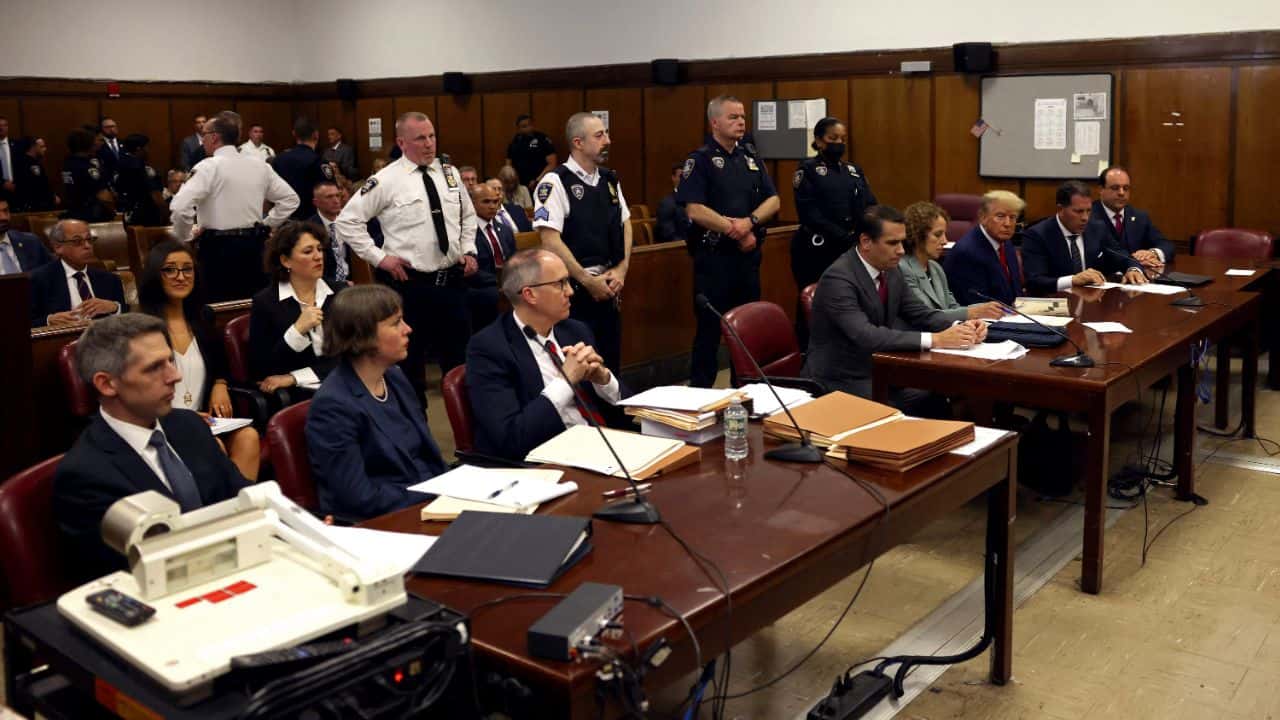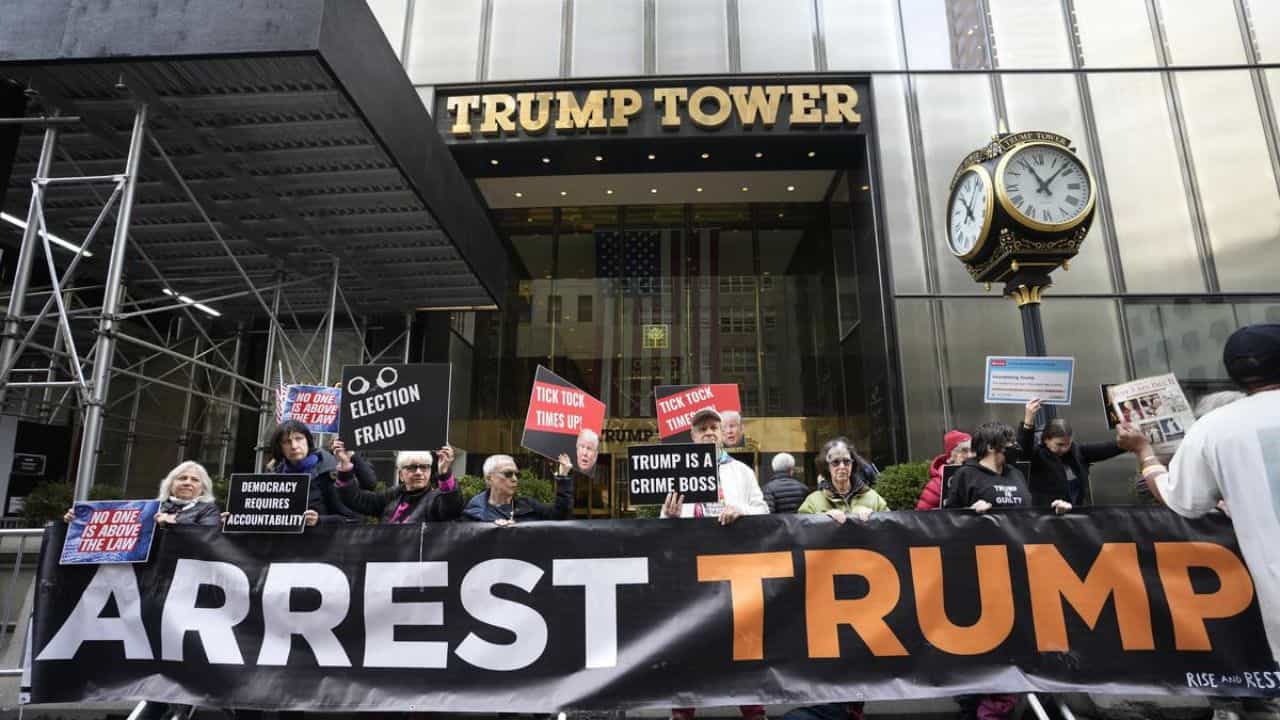The former President of the United States, Donald Trump, appeared in a New York City courtroom on Tuesday, facing 34 felony charges. The charges were brought against him by prosecutors who alleged that he had falsified business records during an investigation into hush money payments.
Trump, who is the first former US president to be charged with such crimes, maintained a solemn demeanor throughout the proceedings. Despite the severity of the charges, he entered a plea of not guilty on all counts.
The charges against Trump relate to payments made to women like Stormy Daniels, who claimed to have had affairs with him before his presidential campaign. The payments were allegedly made to keep the affairs secret, and the falsified business records were used to cover up the payments.
Trump Denied All the Allegations Against Him
Former President Donald Trump has once again denied any crime and lashed out against the ongoing investigation, referring to his indictment as “political persecution.” He also confidently predicted that the charges would ultimately damage the Democrats in the upcoming 2024 elections.

There is no evidence that he committed any crimes, and they are fully prepared to fight this political prosecution in court. Despite the ongoing legal battle, Trump remains steadfast in his belief that he is innocent and the charges against him are baseless. Trump’s legal team said in court.
What Happened With Trump in Court?
Former President Donald Trump was processed through the criminal justice system on Wednesday, and although the system has been modernized, the process largely remains the same as it was before computers.
According to court officials, officers took down Trump’s full name, age, birthdate, height, and weight. They also checked for any outstanding warrants and were expected to take his fingerprints, although it was not believed that a mug shot was taken.

In New York, this process typically takes about two hours but can take up to four hours. However, Trump had the luxury of being the only individual being processed at the time of his arrival, which expedited the process for him.
After being processed, Trump appeared before a judge. The nature of the proceedings is unclear at this time. Before the advent of computers, information on every criminal suspect was written down in a large book kept by court officials. Now, with computerization, the process may have become more efficient, but the fundamental steps in the process have largely remained unchanged.
What Happened in the Court Hearing?
As per reports by CNN, Former U.S. President Donald Trump appeared in court on Thursday to face 34 felony counts of falsifying business records. The hearing, which lasted just over an hour, saw prosecutors express concerns about irresponsible social media posts targeting people involved in the case, including grand jury witnesses and District Attorney Alvin Bragg.
Prosecutors pointed to posts made by Trump, warning of “potential death and destruction” if he were to be indicted. Despite these concerns, the judge opted not to impose a gag order but did ask both sides to refrain from making comments that could incite civil unrest.

During the hearing, Trump pleaded “not guilty” to all charges and was advised of his rights. He remained mostly still throughout the proceedings, his hands steepled or interlaced, and he looked ahead. Trump’s lawyer, Todd Blanche, spoke during the hearing, stating that Trump was “absolutely frustrated, upset, and believes that there is a great injustice happening in this courtroom today.”
The charges against Trump are for a $130,000 payment made as hush money by the former lawyer of ex-US President Donald Trump, Michael Cohen, to adult film actress Stormy Daniels. The payment was allegedly made just before the 2016 US Presidential Election, purportedly to prevent Daniels from disclosing her claims of having an affair with Mr. Trump back in 2007.
This appearance marks Trump’s first public court appearance since leaving office in January 2021. His legal battles have been closely watched by both supporters and detractors alike, with many viewing this case as a test of the U.S. justice system’s ability to hold those in positions of power accountable for their actions.




